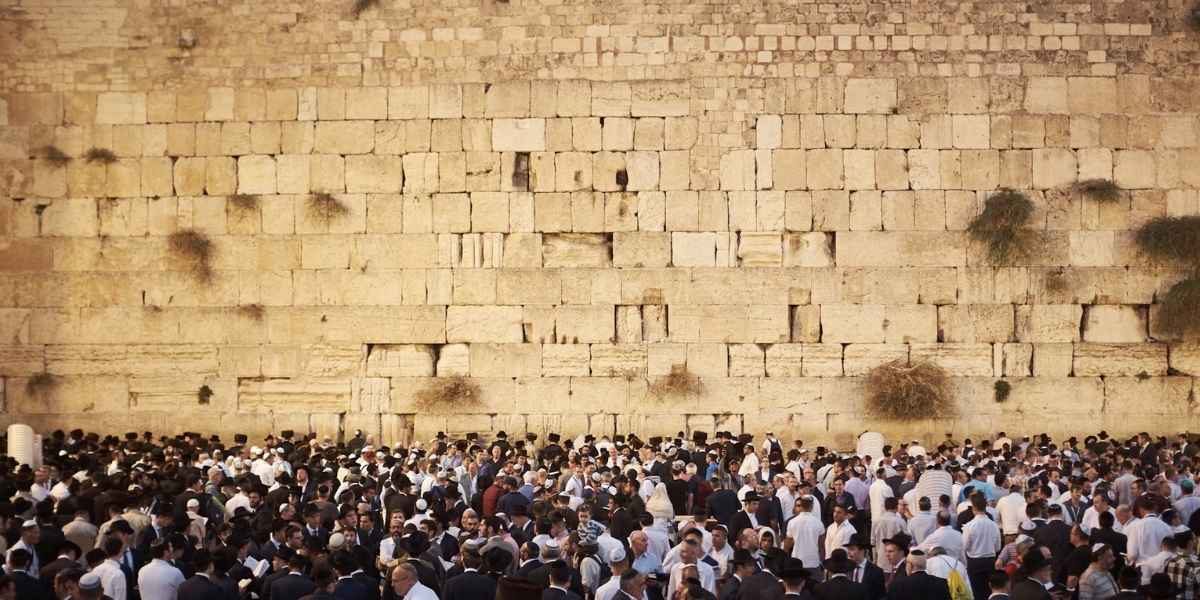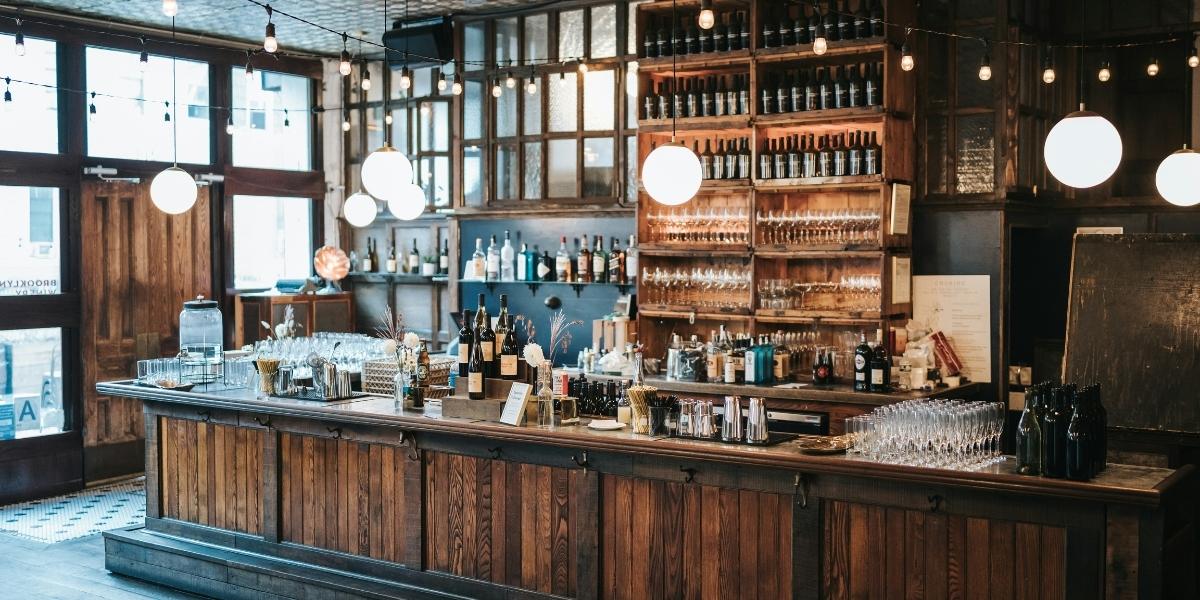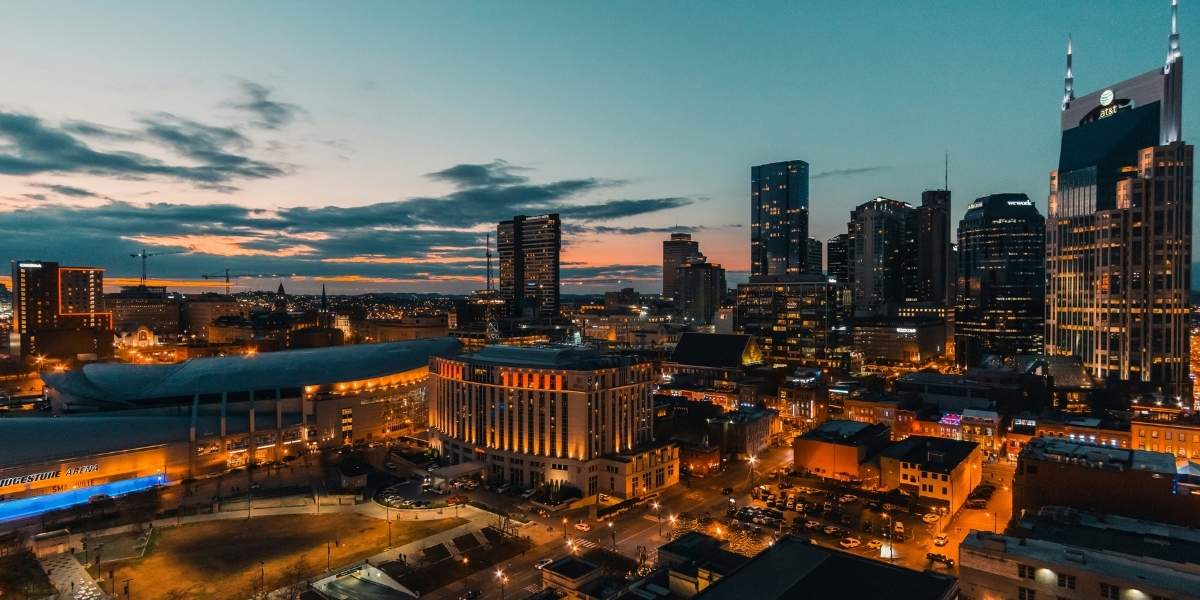Hanukkah, also known as the Festival of Lights, holds a special place in Jewish culture and history. It commemorates the rededication of the Second Temple in Jerusalem after a miraculous victory against oppression over 2,000 years ago. Yet, beyond its historical significance, Hanukkah is rich with traditions that carry hidden meanings, connecting families to their heritage and values.
Read Also: How Reading Books Boosts Intelligence and Unlocks the Power of Words
From lighting the menorah to enjoying symbolic foods, each Hanukkah custom offers more than meets the eye. But what do these traditions truly signify, and how do they keep the spirit of Hanukkah alive across generations?
Why Is the Menorah Central to Hanukkah?
The menorah is the most recognizable symbol of Hanukkah. For eight nights, families light the menorah, kindling one candle each evening until all eight are illuminated. But the menorah is more than a ritual—it represents hope, resilience, and faith.
The menorah’s origins trace back to the rededication of the Second Temple, where a small amount of oil, enough for just one day, miraculously burned for eight days. This event is central to Hanukkah, symbolizing the triumph of light over darkness. Each candle lit on the menorah serves as a reminder of this miracle and encourages reflection on the power of faith and perseverance.
The menorah is also a symbol of community and connection. Families gather around it to share stories, sing songs, and celebrate together. Its placement in a window or prominent location signifies pride in one’s heritage and the commitment to spreading light and kindness in the world.
What Do Hanukkah Foods Teach Us About Tradition?
Hanukkah foods are deeply tied to the story of the holiday, with oil being the unifying theme. Fried foods such as latkes (potato pancakes) and sufganiyot (jelly-filled doughnuts) are eaten to commemorate the miracle of the oil that lasted eight days. However, these dishes carry more than just a culinary connection to history.
Latkes, for example, have evolved over time, incorporating ingredients like sweet potatoes, zucchini, or even cheese, reflecting the diversity of Jewish communities around the world. This adaptability mirrors the resilience of Jewish traditions, which have endured and thrived despite adversity.
Sufganiyot, with their sweet filling and golden exterior, represent celebration and abundance, reminding families to embrace joy during the holiday season. Sharing these foods with loved ones is a way of reinforcing bonds and honoring the generations that came before.
These dishes also encourage mindfulness about the importance of resources and sustainability. The focus on oil highlights how something as simple as a basic necessity can take on profound meaning when connected to a deeper story.
What Is the Deeper Meaning of the Dreidel Game?
The dreidel, a spinning top marked with Hebrew letters, is more than a playful Hanukkah game for children. Historically, it served as a tool of resistance during a time when Jewish practices were forbidden. Jewish scholars would use the dreidel to disguise their study of Torah, pretending to play a game if soldiers approached.
Today, the dreidel game reminds participants of the importance of protecting and preserving cultural traditions. The Hebrew letters on the dreidel—nun, gimel, hei, and shin—form an acronym for “Nes Gadol Haya Sham,” meaning “A great miracle happened there.” This phrase ties the simple game to the miracle of Hanukkah and the broader theme of Jewish survival.
The dreidel game also symbolizes chance and gratitude. While the game involves winning or losing coins or treats, it ultimately reflects life’s unpredictability and the importance of cherishing what one has. Playing dreidel brings families together in lighthearted fun, reminding everyone that joy is found in shared experiences, regardless of outcomes.
How Do Hanukkah Traditions Keep History Alive?
At its heart, Hanukkah is a celebration of resilience, freedom, and the enduring power of faith. The traditions of lighting the menorah, sharing festive foods, and playing dreidel are more than symbolic gestures—they are living connections to history and culture.
Each Hanukkah tradition teaches valuable lessons about unity, perseverance, and gratitude. Lighting the menorah inspires hope, fried foods honor the miracle of the oil, and the dreidel game encourages reflection on the strength of heritage. Together, these customs ensure that the meaning of Hanukkah is passed down through generations, fostering a sense of belonging and pride.
Read Also: Vocal Coaching for Enhanced Singing Technique
As families celebrate Hanukkah, they are reminded of the miracles that can arise from even the darkest moments. By embracing these traditions, communities around the world continue to shine a light on the values that define the Festival of Lights.














